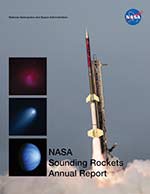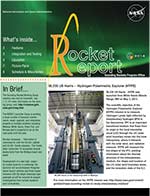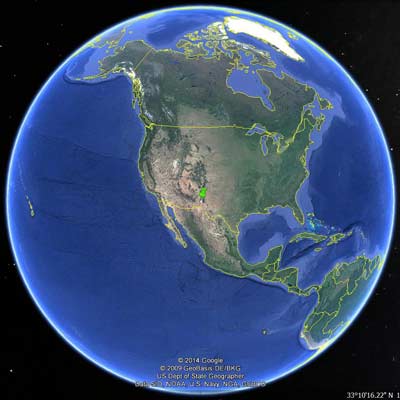
36.331 UG GREEN UNIVERSITY OF COLORADO
Dual-channel Extreme Ultraviolet Continuum Experiment (DEUCE)
- Mission
- Vehicle
- Launch
- Photos
The goal of the DEUCE (Dual-channel Extreme Ultraviolet Continuum Spectrograph) mission was to measure the amount of the Lyman continuum (LyC) radiation that is being produced by the only two non-white-dwarf stars in our galaxy known to have a sufficiently low enough neutral hydrogen column density to measure their ionizing radiation directly. The results of this mission will help to answer one of the major questions of modern astrophysics concerning how and when galaxies first formed and how did their formation “feedback” into their circumgalactic environments to modify early galaxy formation during the Epoch of Re-ionization at Z=6-11. This mission is a re-fly of 36.311 UG.
DEUCE observed the only two non-white-dwarf stars in our own galaxy known to have a sufficiently low neutral hydrogen column density to measure their ionizing radiation directly: Beta Canis Major (βCMa) and Epsilon Canis Major (εCMa). This mission studied Epsilon Canis Major (εCMa).
The Principal Investigator is Dr. Green, University of Colorado.
The Black Brant 9 is a two stage sounding rocket with a Terrier first stage and Black Brant second stage. The Black Brant 9 can reach altitudes of about 600 km. Payloads weighing from 400 to 1200 pounds can be flown.
The DEUCE mission launched from White Sands Missile Range, New Mexico on December 18, 2018.



